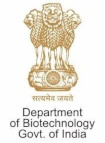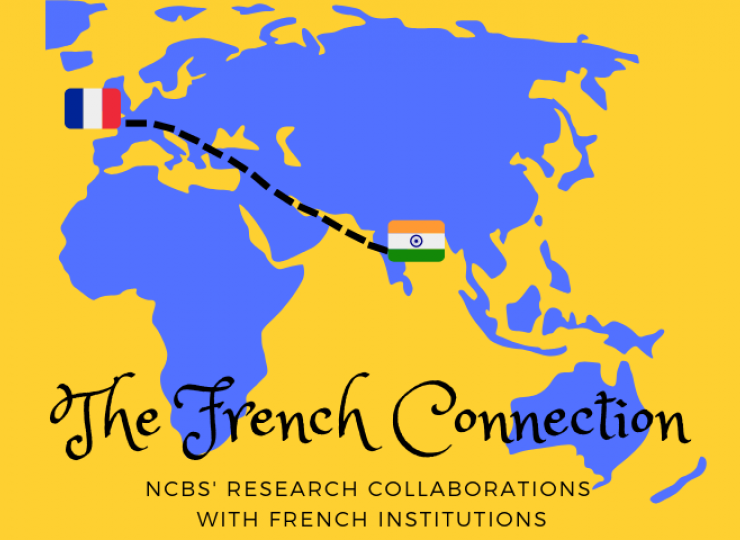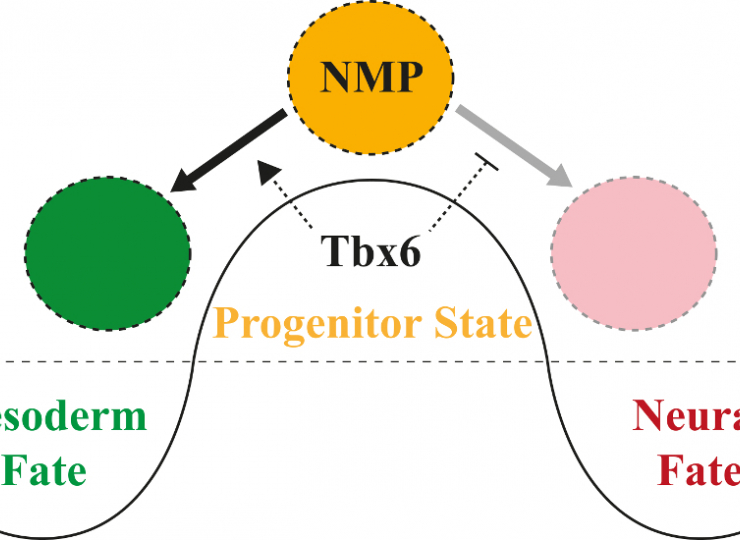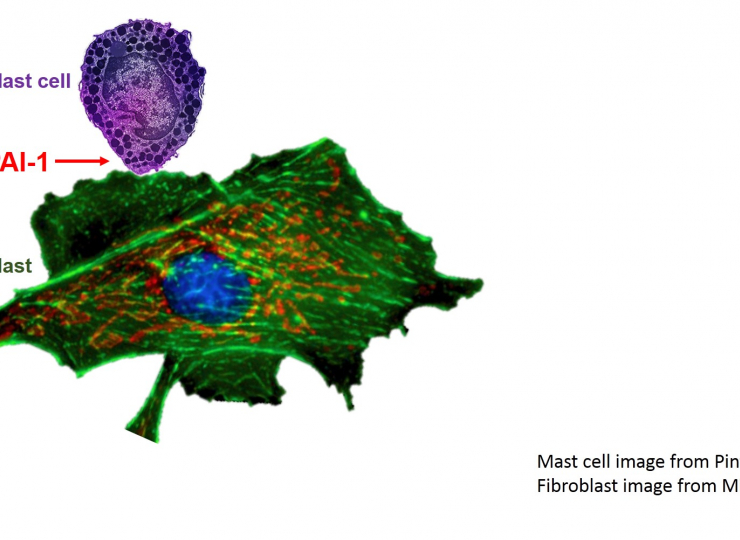By Anusha Krishnan
“Curiouser and curioser!”
- Lewis Carrol in Alice’s Adventures in Wonderland
It all began with curiosity. When Nathan Coussens, a young researcher at Iowa noticed shiny crystals spilling out of a roach’s gut, he was intrigued. He showed the crystals to a fellow researcher who dismissed them as organic salt crystals commonly found in the gut of insects, birds and reptiles. But Coussens thought they were special, and so they turned out to be. The crystals were made of milk protein.
It was while working on a roach species called Diploptera punctata at the University of Iowa, that Coussens first discovered these crystals. D. punctata is a strange insect with a mammal-like quality – it “lactates”, producing milk to feed its brood. The crystals that Coussens had found were actually milk proteins that had crystallised within the guts of roach younglings.
Now, nearly 10 years after the initial discovery of the crystallised milk proteins, their structure has been solved by an international team of scientists including those from the Institute for Stem Cell Biology and Regenerative Medicine (inStem), Bangalore. Ramaswamy S., then a faculty member at the University of Iowa (with Coussens who was his former student) and now a faculty member at inStem, admits, “I just thought they were uric acid crystals. But Nathan was right to have been so persistent. They were protein crystals.”
Although protein crystals obtained from living systems are not unknown, these are generally formed within cells, tending to be small and limited in size by the volume of the cell they grow in. Such crystals are not very useful for studies on protein structure. In contrast, the milk crystals within roach guts grow large enough to be used for X-ray crystallography, a technique employed to elucidate protein structure.
The large protein crystals from roach guts were in themselves peculiar – a structural biologist’s fantasy given life – but solving their structure led to results that were curiouser and curiouser.
To begin with, not only are there proteins with three different amino acid sequences, the proteins are also decorated with sugars called glycans. Furthermore, these proteins also form barrel-like shapes within which they bind molecules of fat. The crystals are made up of a mixed bag of molecules.
Normally, scientists try very hard to obtain pure proteins with which to make crystals for X-ray crystallography studies. By this method, the positions of all the atoms and their bonds within a crystal can be determined by studying how the crystal deflects or diffracts X-rays. But X-ray crystallography generally requires crystals with well-ordered structures.
“If there is heterogeneity in protein crystals, there is so much random disorder that they don’t diffract at all,” says Sanchari Banerjee, one of the main authors of the paper that describes the structure of milk protein crystals from the roaches.
Yet here was a protein mixture with hugely variable components that nonetheless gave beautiful crystals which diffracted amazingly well. Despite their motely nature, the milk protein crystals from D. punctata diffract at a resolution of 1.2 angstroms – enough to determine the positions of individual atoms in proteins.
The heterogeneity of the milk protein crystals is an important point. “It [the milk protein crystals] are like a complete food – they have proteins, lipids and sugars. If you look into the protein sequences, they have all the essential amino acids,” points out Banerjee.
Now, armed with the gene sequences for these milk proteins, Ramaswamy and colleagues plan to use a yeast system to produce these crystals en masse. “They’re very stable. They can be a fantastic protein supplement,” says Ramaswamy.
Furthermore, their crystalline nature offers a unique advantage. Protein crystals are in equilibrium between what exists in solid state and in solution – the crystal has a high concentration of proteins, the solution has a low concentration. As the protein in the solution is used up, say, by being digested, the crystal releases protein at an equivalent rate.
“It’s time-released food,” explains Ramaswamy. “Besides this, these crystals have 3 times the calorific content of buffalo milk. If you need food that is calorifically high that is time released and food that is complete. This is it,” he adds.
Besides their utility as supplemental food, the scaffolding in the milk protein crystals show fascinating characteristics – ones that could be used to design nanoparticles for drug delivery.
“But this work was a huge technical challenge,” says Ramaswamy. The team had to try a variety of methods to solve the milk protein’s structure and the data were painstakingly collected. However, given the potential uses of these crystals, the efforts seem well worth the costs of a study driven simply by the desire to explore a strange phenomenon.
“There is tremendous value for curiosity driven science that makes non-incremental progress in scientific discoveries and progress,” says Ramaswamy. “And none of this would have been possible if it were not for curiosity.”
The work described here has been published as a paper titled “Structure of a heterogeneous, glycosylated, lipid-bound, in vivo-grown protein crystal at atomic resolution from the viviparous cockroach Diploptera punctata” in the journal IUCrJ in July 2016 and can be accessed here: http://journals.iucr.org/m/issues/2016/04/00/jt5013/index.html
The work has been featured in
https://www.sciencetimes.com/articles/25860/20200529/new-superfood-milk-substance-produced-cockroaches-contains-three-times-more.htm
https://dailytimes.com.pk/619275/roach-milk-could-be-a-new-superfood/
https://www.explica.co/could-cockroach-milk-be-a-new-superfood/











